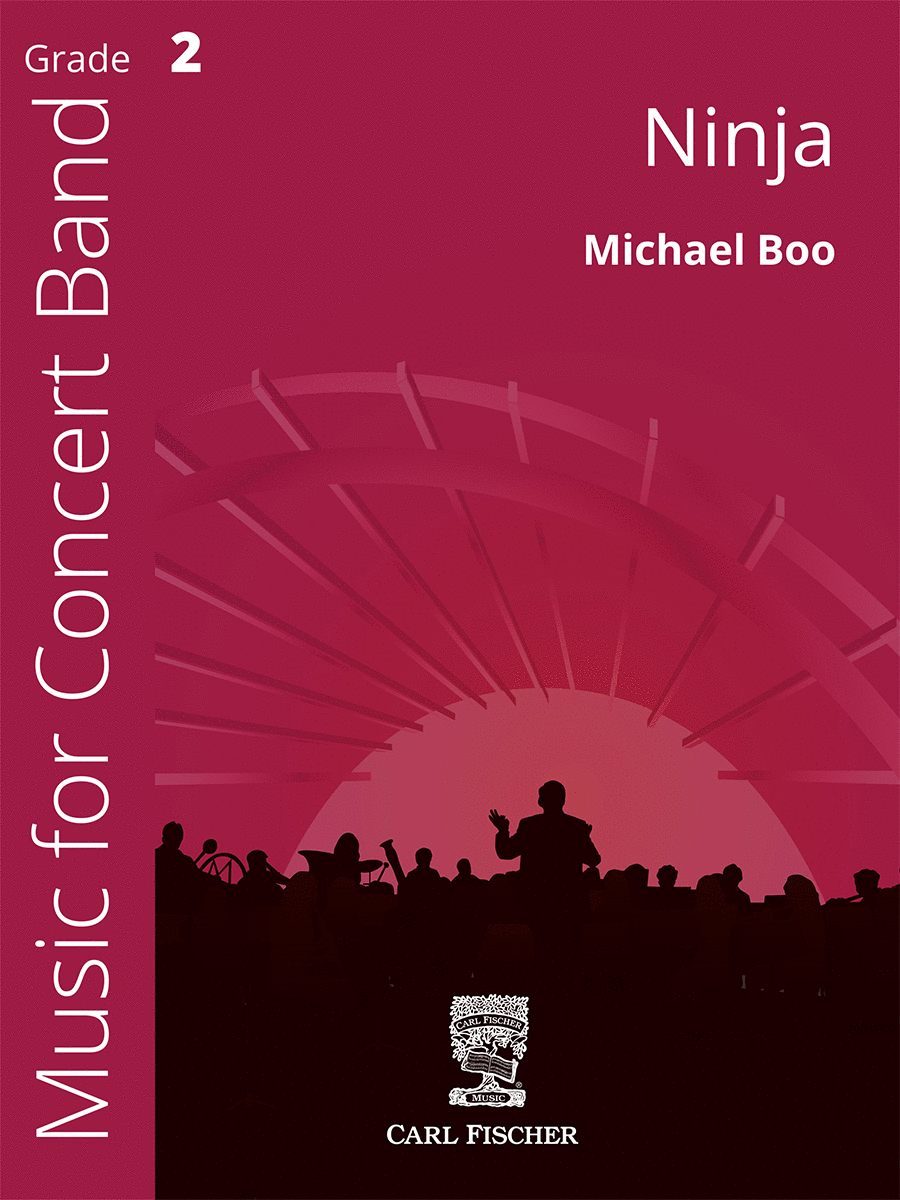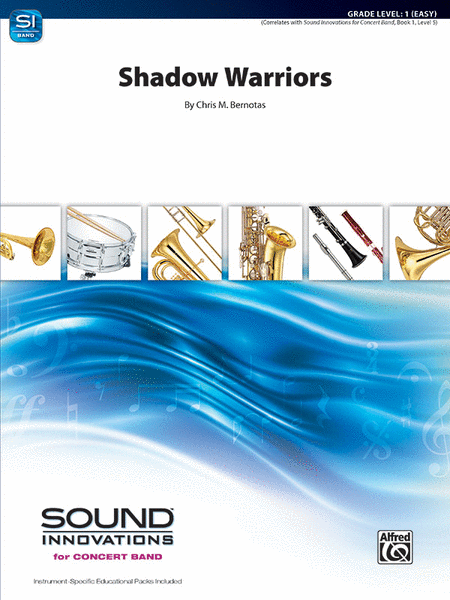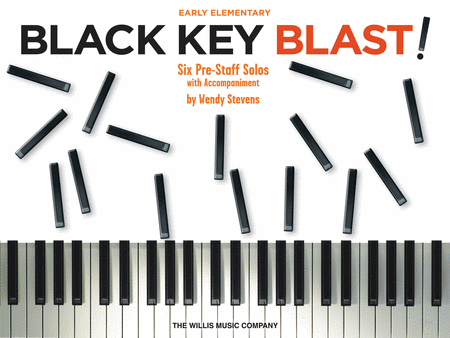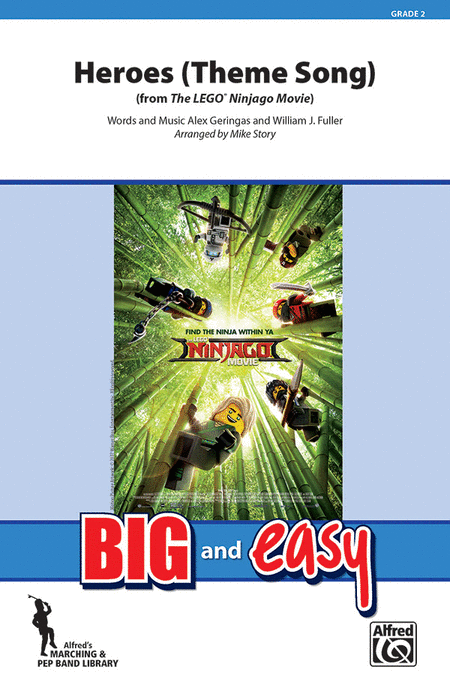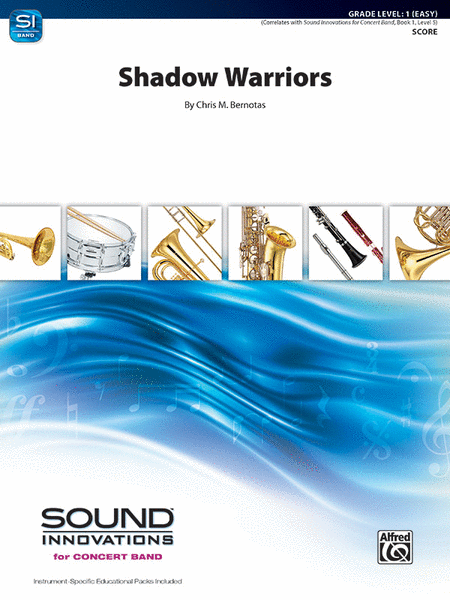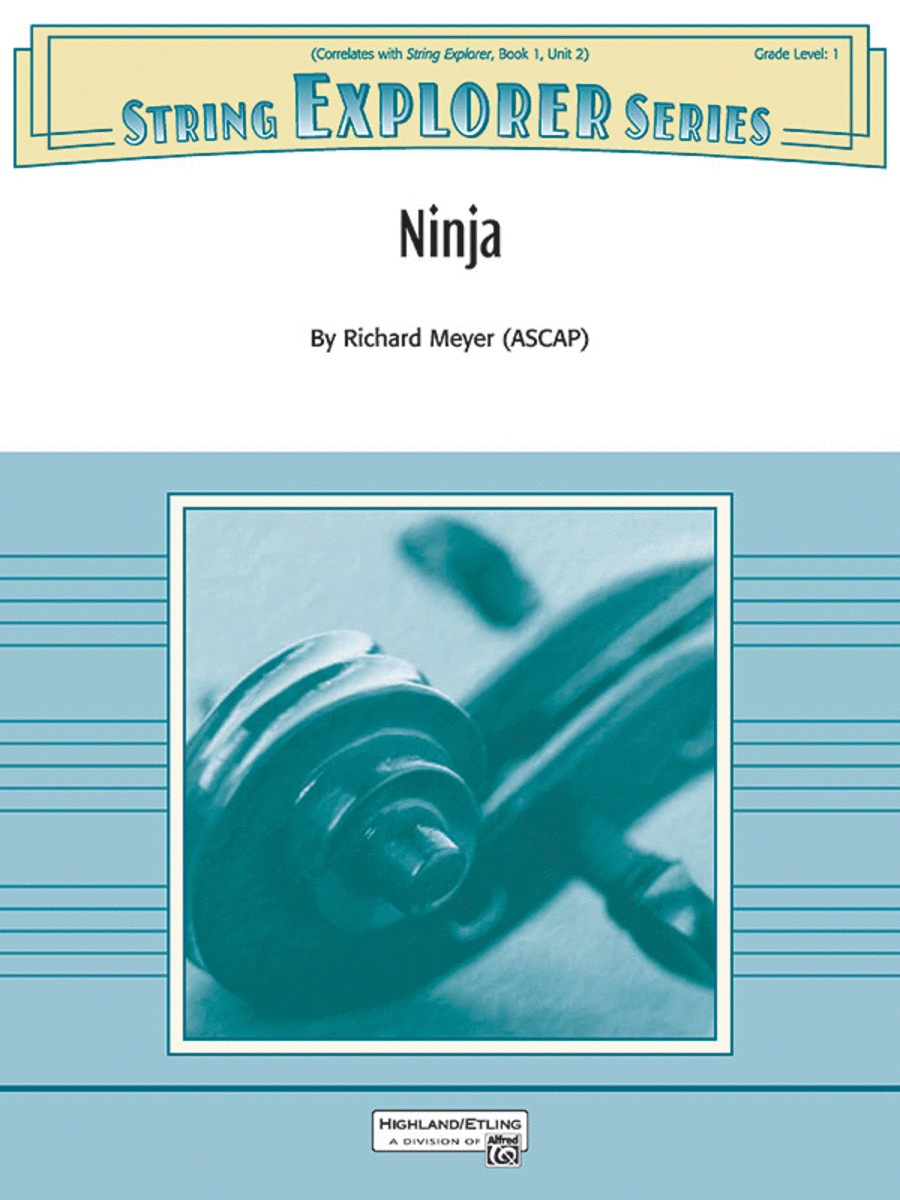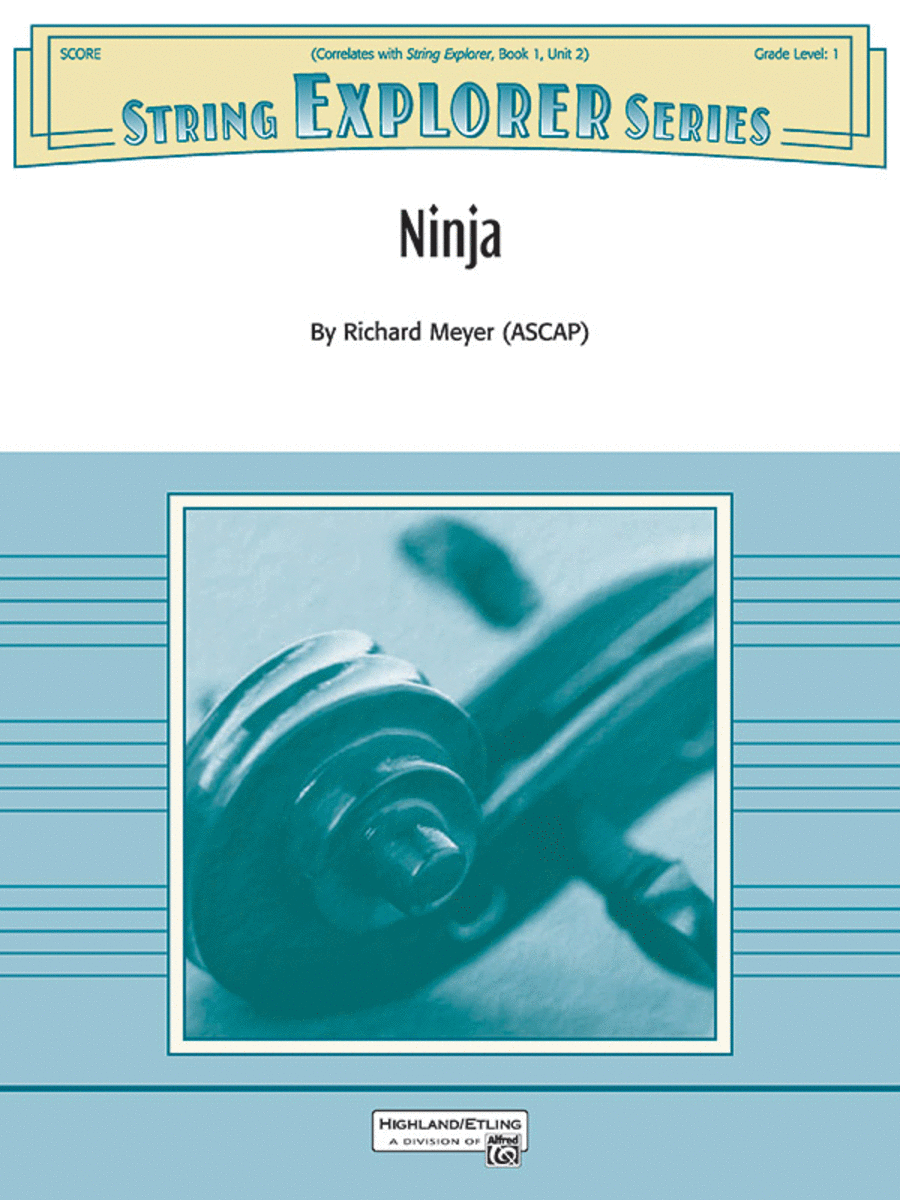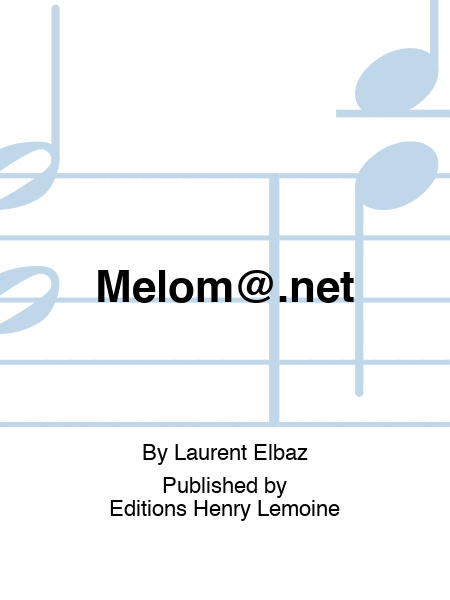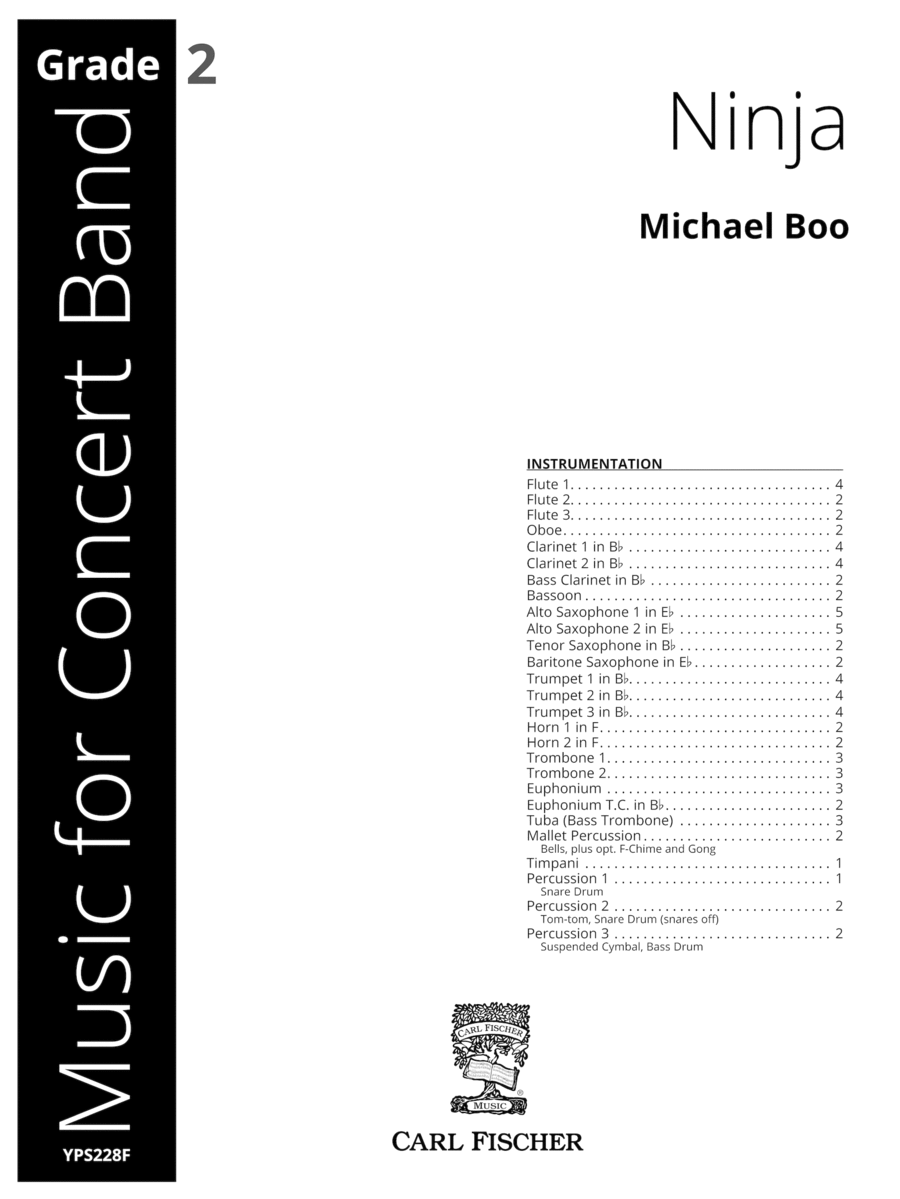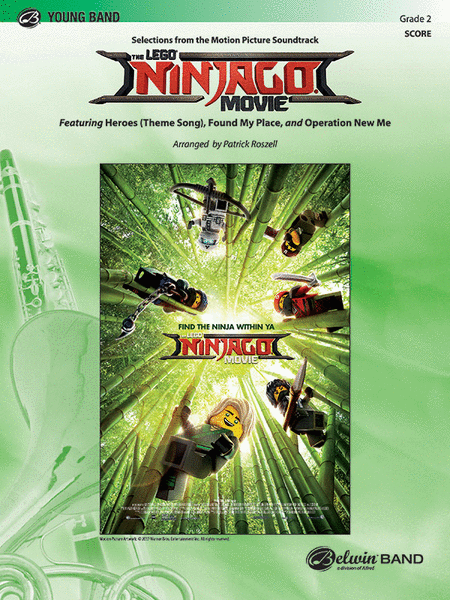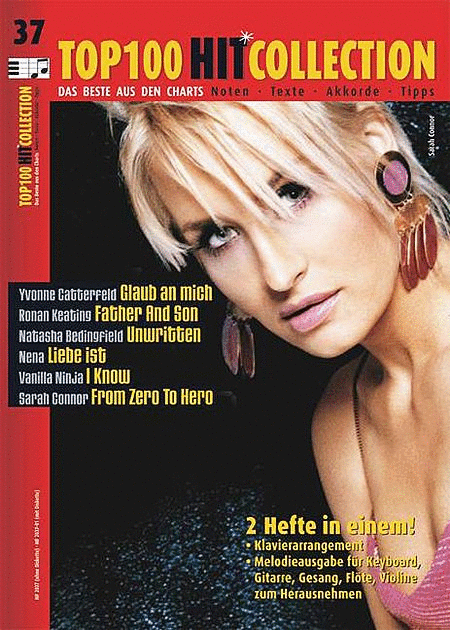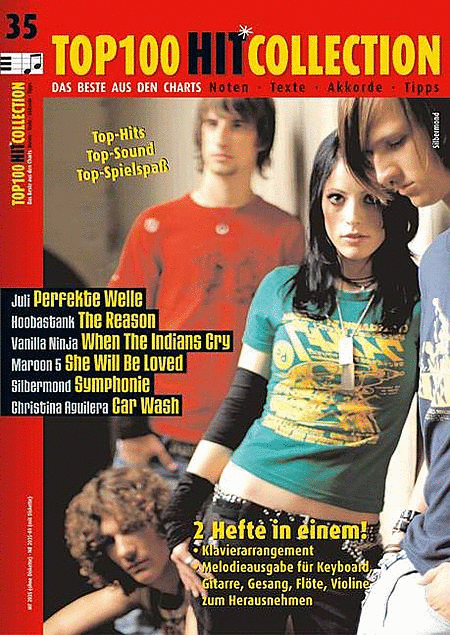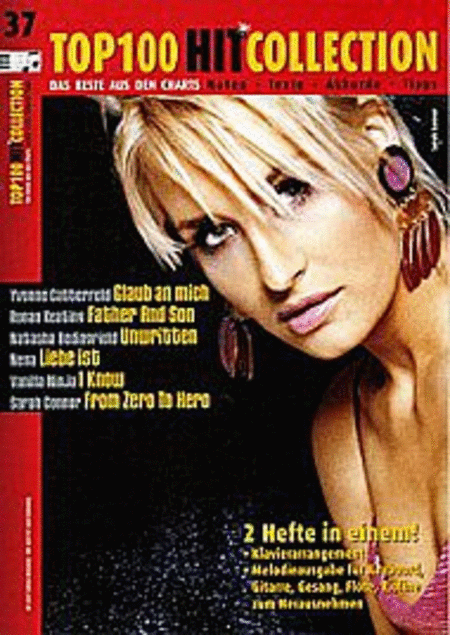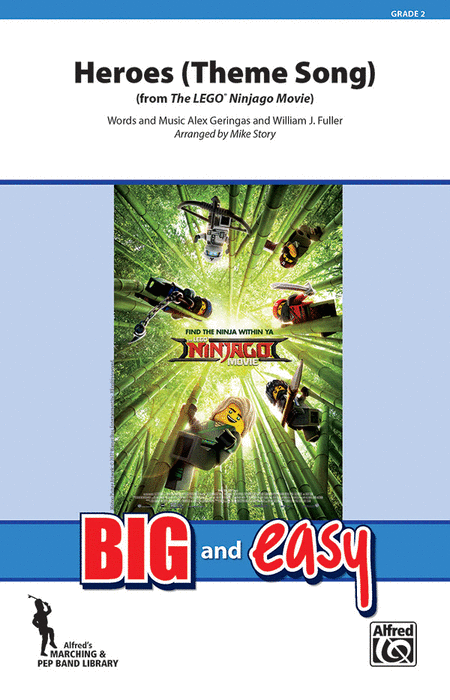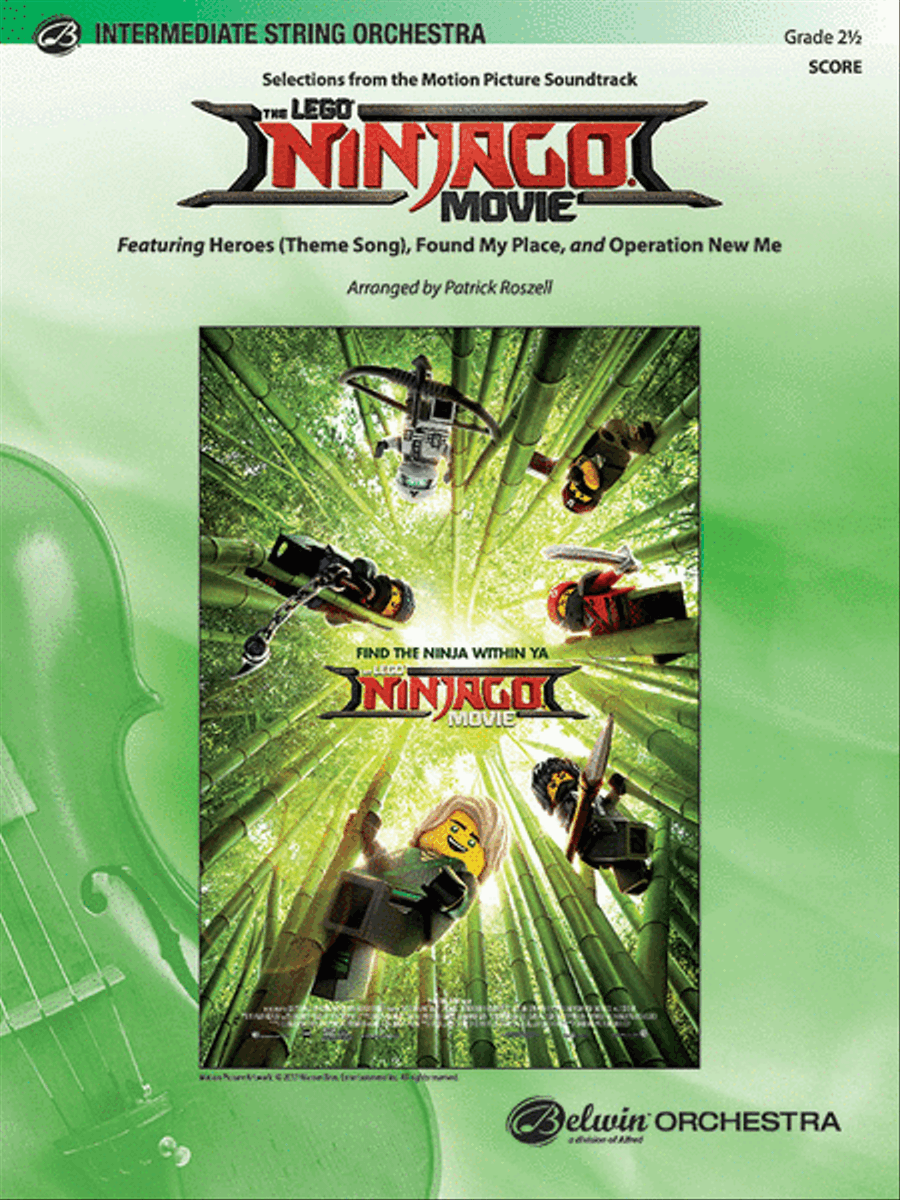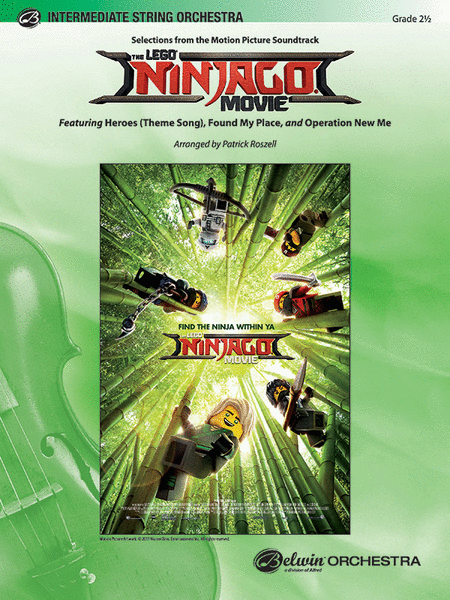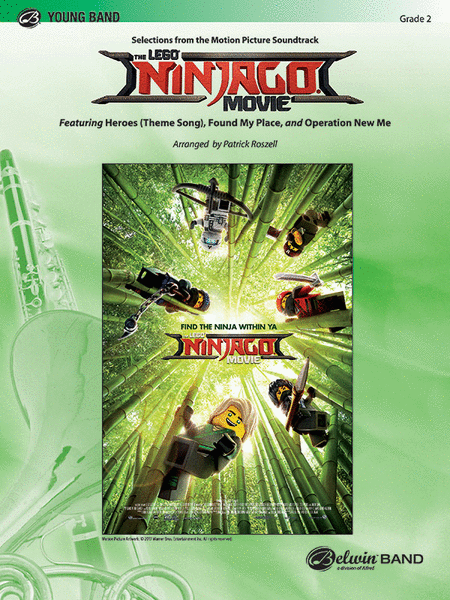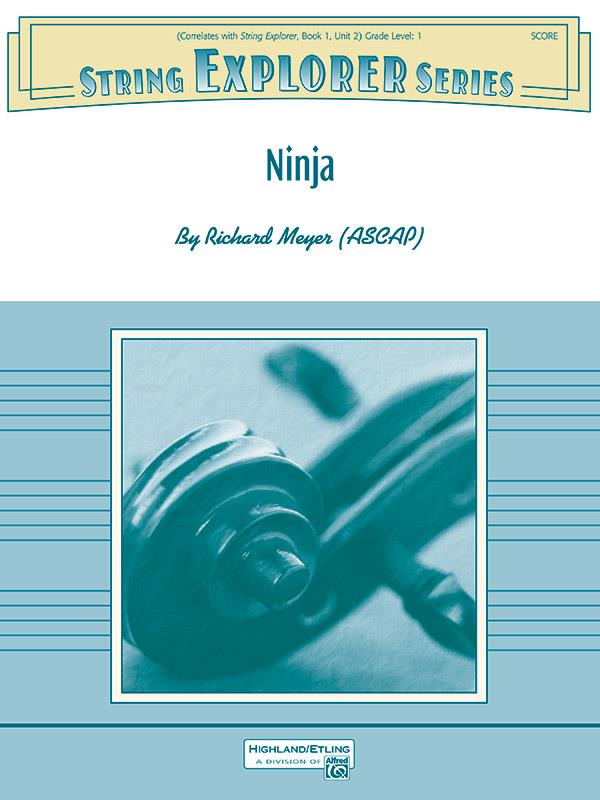Band Bass Clarinet, Bass Drum, Bassoon, Bells, Chimes, Clarinet 1, Clarinet 2, Euphonium, Euphonium T.C., Flute 1, Flute 2, Flute 3, Gong, Horn 1, Horn 2, Mallet Percussion, Oboe, Percussion 1, Percussion 2, Percussion 3, Snare Drum, Suspended Cymbal and more. - Grade 2
SKU: CF.YPS228
Composed by Michael Boo. Folio. Yps. Set of Score and Parts. 4+2+2+2+4+4+2+2+5+5+2+2+4+4+4+2+2+3+3+3+2+3+2+1+1+1+2+16 pages. Duration 2:30. Carl Fischer Music #YPS228. Published by Carl Fischer Music (CF.YPS228).
ISBN 9781491157961. UPC: 680160916566. 9 x 12 inches.
Ninja is a Grade 2 piece playable by any young band, due to extensive doublings throughout. The mood of the piece is mysterious, reflecting the image of ninjas being seen one moment and gone the next. Flute 3 is not essential as it doubles the oboes, but is useful in case you have a lot of flutes or due to a limited number of oboes. If you donat have a bass clarinet, baritone saxophone or bassoons, those parts are covered in the low brass. The timpani part is optional, and the piece wonat suffer if you donat have access to that percussion. The optional F-chime and gong only play in the final measure of the piece. While adding a notable effect at the end, those instruments wonat be missed if you donat have them available. The tom-tom part can be played on a snare drum with the snares off or may be played on a tenor drum. Care should be taken that accented notes are emphasized, but never become ponderous. The half notes at the beginning of the piece should not be accented. The theme is introduced in the first twelve measures, and at m. 13 many of the instruments trade the melody for half notes and vice-versa. Be careful that the percussion section never becomes overpowering. At m. 25, care should be taken that there is quite a volume difference between ff and mp. Think of this representing the ninjas being seen one moment and being hidden the next. The double staccato figures at m. 33 should not be accented. Trumpets and trombones at m. 37 should not be overly legato, but certainly shouldnat be treated as staccatos. Being aware of not accenting notes that donat have accents will make the accents at m. 49 more dramatic. Please note that the legato notes at mm. 58 and 60 are not to be accented.
Ninja is a Grade 2 piece playable by any young band, due to extensive doublings throughout. The mood of the piece is mysterious, reflecting the image of ninjas being seen one moment and gone the next. Flute 3 is not essential as it doubles the oboes, but is useful in case you have a lot of flutes or due to a limited number of oboes. If you don't have a bass clarinet, baritone saxophone or bassoons, those parts are covered in the low brass. The timpani part is optional, and the piece won't suffer if you don't have access to that percussion. The optional F-chime and gong only play in the final measure of the piece. While adding a notable effect at the end, those instruments won't be missed if you don't have them available. The tom-tom part can be played on a snare drum with the snares off or may be played on a tenor drum. Care should be taken that accented notes are emphasized, but never become ponderous. The half notes at the beginning of the piece should not be accented. The theme is introduced in the first twelve measures, and at m. 13 many of the instruments trade the melody for half notes and vice-versa. Be careful that the percussion section never becomes overpowering. At m. 25, care should be taken that there is quite a volume difference between ff and mp. Think of this representing the ninjas being seen one moment and being hidden the next. The double staccato figures at m. 33 should not be accented. Trumpets and trombones at m. 37 should not be overly legato, but certainly shouldn't be treated as staccatos. Being aware of not accenting notes that don't have accents will make the accents at m. 49 more dramatic. Please note that the legato notes at mm. 58 and 60 are not to be accented.
Ninja is a Grade 2 piece playable by any young band, due to extensive doublings throughout. The mood of the piece is mysterious, reflecting the image of ninjas being seen one moment and gone the next.Flute 3 is not essential as it doubles the oboes, but is useful in case you have a lot of flutes or due to a limited number of oboes. If you donât have a bass clarinet, baritone saxophone or bassoons, those parts are covered in the low brass. The timpani part is optional, and the piece wonât suffer if you donât have access to that percussion. The optional F-chime and gong only play in the final measure of the piece. While adding a notable effect at the end, those instruments wonât be missed if you donât have them available. The tom-tom part can be played on a snare drum with the snares off or may be played on a tenor drum.Care should be taken that accented notes are emphasized, but never become ponderous. The half notes at the beginning of the piece should not be accented. The theme is introduced in the first twelve measures, and at m. 13 many of the instruments trade the melody for half notes and vice-versa. Be careful that the percussion section never becomes overpowering.At m. 25, care should be taken that there is quite a volume difference between ff and mp. Think of this representing the ninjas being seen one moment and being hidden the next. The double staccato figures at m. 33 should not be accented. Trumpets and trombones at m. 37 should not be overly legato, but certainly shouldnât be treated as staccatos. Being aware of not accenting notes that donât have accents will make the accents at m. 49 more dramatic. Please note that the legato notes at mm. 58 and 60 are not to be accented.
Publisher : Carl Fischer $65.00 - See more - Buy online
$65.00 - See more - Buy online
 (AMERICAN COMPANY)
(AMERICAN COMPANY) 